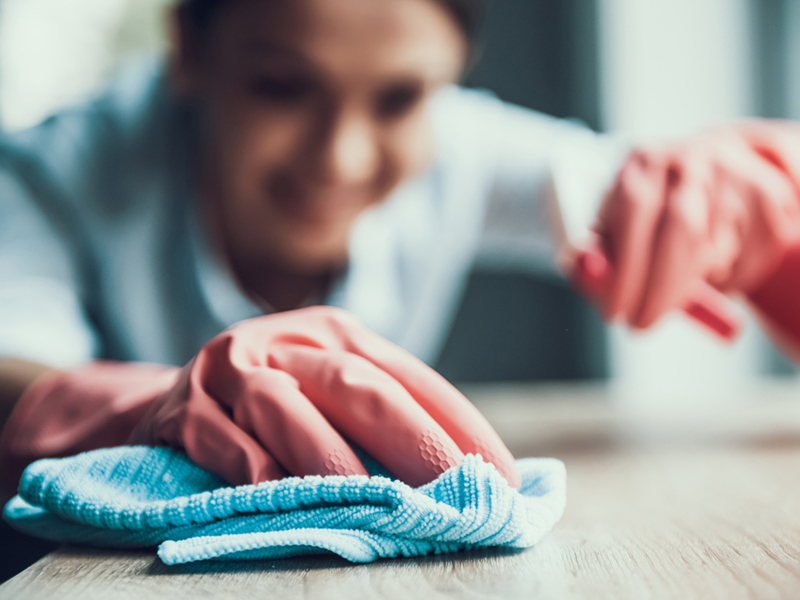Preventing, Cleaning Mold And Mildew After Natural Disasters
Cleaning up after a natural disaster can be a big job, and one of the first priorities is taking steps to prevent mold and mildew in your home.
“After a natural disaster such as a tornado, severe storm or flood, lots of surfaces
in 
According to the U.S. Environmental Protection Agency, to avoid the growth of mold, wet building materials and furnishings should be cleaned and dried within 24 to 48 hours of the event.
“Weather permitting, open the house to help dry it out. Leave the doors to all rooms and closets open, along with any drawers and cabinets,” Peek said. “Windows and curtains should be left open to take advantage of circulating air and sunshine.”
It also is important to thoroughly clean all hard, nonporous surfaces with soap and water. Inside the home, use a mild detergent and water to cleanse surfaces, and wear protective equipment.
“Gloves will protect your hands, especially when cleaning with soap and water, while goggles will protect your eyes. Consider wearing a facemask or a N-95 respirator,” Peek said.
When possible, consider leaving damp items in the sun, which will help speed up the drying process. If the damage is excessive or if the mold covers more than 10 square feet, consult the EPA’s publication, Homeowner’s and Renter’s Guide to Mold Cleanup After Disasters.
In cases where flood or storm waters are contaminated with sewage, for example, contact a professional with experience in this area.
